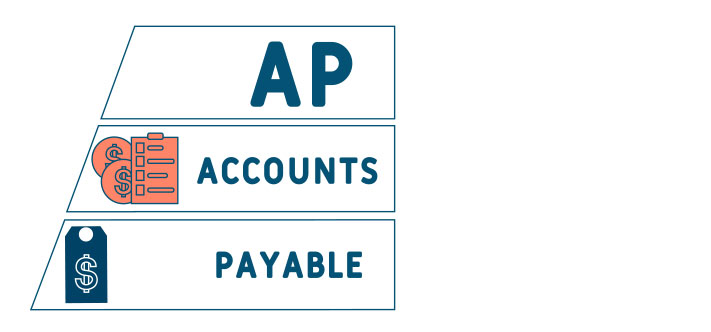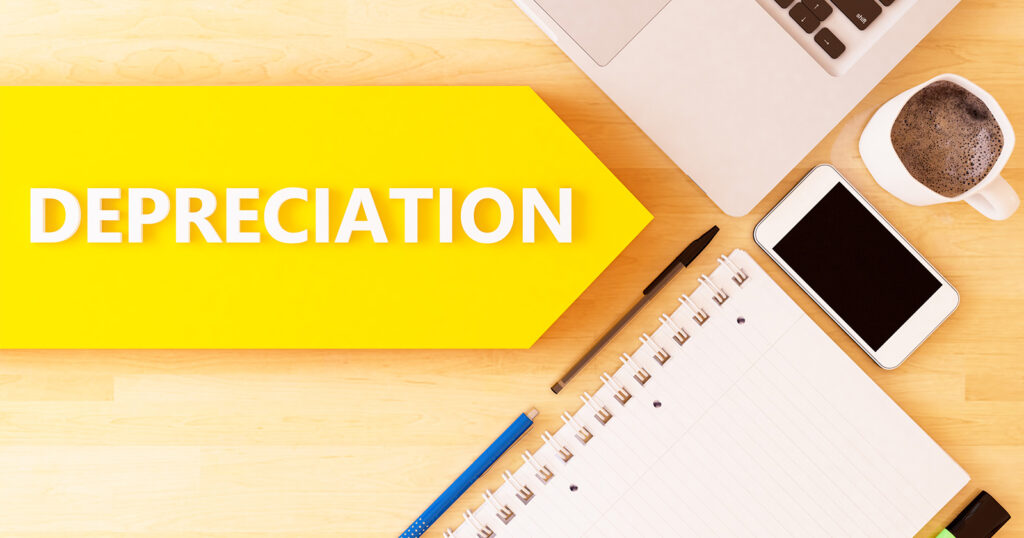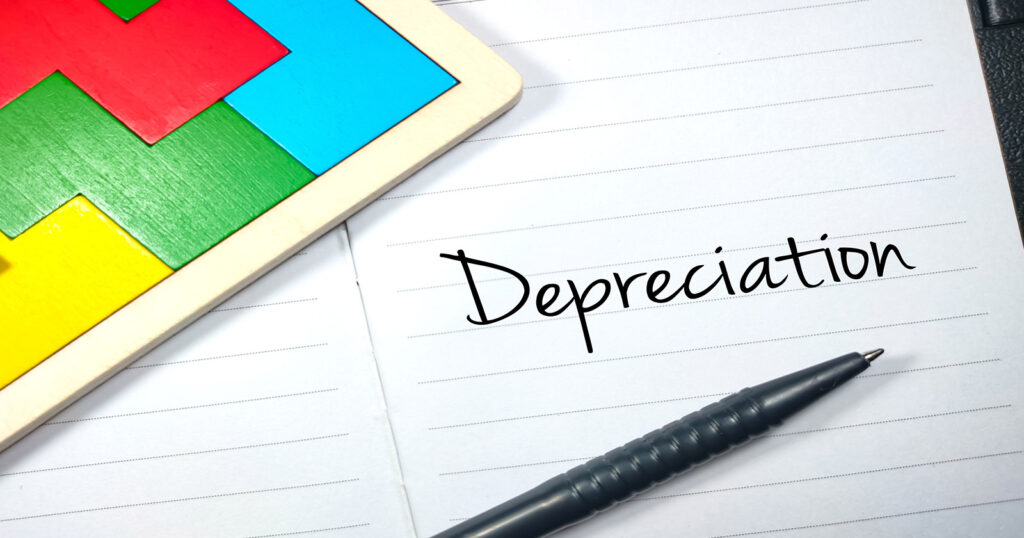Liabilities are one of the key categories of accounting transactions that get rolled up into accounts. We will break it down and make liabilities simple to understand by the end of it. If you have no previous knowledge of accounting, don’t worry and let’s get up to speed on liabilities.

What Are Liabilities in Accounting?
When trying to understand liabilities in accounting, it helps to start with a definition. In its simplest form, liabilities are what you owe to other individuals, businesses or companies. The key is what you owe.
Liabilities can also be seen as borrowings that need to be settled over time. We’ll leave it at that for now as some examples certainly help.
Why Are Liabilities Important in Accounting?
Liabilities are the way in accounting to track what is owed. It is an essential piece in the accounting equation to offset assets. Just as accounting has assets and equity, it needs liabilities. You’ll find liabilities on the balance sheet.
Liabilities can be used to buy things that can be paid for in the future but are an obligation to pay.
Are Liabilities a Bad Thing?
Accounting liabilities aren’t a bad thing. In fact, at times, they can be a good thing if used correctly. While a company shouldn’t overextend with liabilities since they will owe to other parties, they should use liabilities to finance expansion and growth.
Learn More:
Accounting Debits vs Credits: What is the Difference?
What Are Some Examples of Liabilities?
The most helpful thing to do is to look at some examples of accounts that are liabilities. It will begin to make a lot more sense.
Accounts Payable: Probably the most common liability account, accounts payable can represent liabilities for a various set of sub-accounts like inventory, office expenses or other miscellaneous items.
Interest Payable: This liability represents interest to pay for financing like interest on debt.
Dividends Payable: If you are a small business, you may not have dividends payable but this is when a company owes dividends to shareholders after they declared a dividend.
Wages Payable: Wages payable increase as employees have earned their wages but have not earned them yet. It is parked in the liabilities account, to account for them.
Unearned Revenues: A company is paid in advance for a service or good that they will deliver in the future.
Types of Liabilities ( Current vs. Non-Current Liabilities)

There are two types of liabilities in regard to duration. Current liabilities are liabilities that are expected to be paid in 12 months or less. This would be accounts payable, wages payable, dividends payable ect.
Non-current liabilities are when you owe money or have an accounting obligation over 12 months. This could be long-term debt on an equipment purchase, a mortgage payable or vehicle payments.
The portion of a non-current liability that is due within one year is shown with the current liabilities on the balance sheet.
How Are Liabilities Different Than Expenses
Liabilities are what you owe while expenses are the cost paid.
This means liabilities will show up on the balance sheet with assets and liabilities. Expenses show up on the income statement with revenue. You’ll never see liabilities on the income statement and expenses will never be on the balance sheet.
Expenses can be seen as the cost to do business whereas liabilities are the cost a company owes.
Learn More:
What is Accrual Based Accounting? (Accrual Basis Explained)
A Recap on Accounting Liabilities: Key Takeaways
Liabilities are a basic accounting term that shouldn’t be too difficult to understand once you get more familiar with them. Here’s what we covered:
- Liabilities represent what is owed to a business or individual i.e. an obligation to pay.
- They are shown on the balance sheet.
- Liabilities are categorized as current or non-current.
- Current liabilities are due in less than 12 months.
- Non-current liabilities are liabilities that are due in more than 12 months.
Final Thoughts on What Liabilities Mean in Accounting
At this stage, you should have a basic understanding of liabilities. From the definition of liabilities to the examples of a few accounts, you should have a clearer picture of what liability means in accounting. Once you have a solid understanding of assets, liabilities and equities, you’ll be ready for more detailed beginner accounting concepts. If you are still getting stuck, be sure to leave a comment below!



